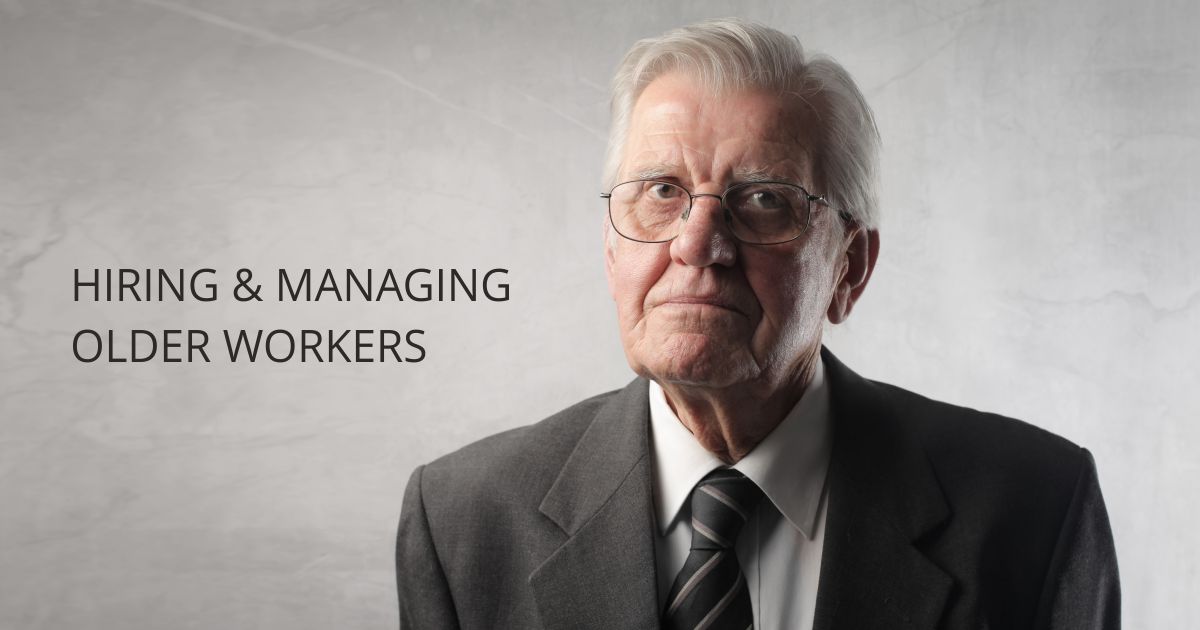
Whether you manage a physician’s office, or work in the administrative or business office of a hospital, you are starting to get used to managing lots of new and younger workers, but that doesn’t mean you can afford to neglect your older workforce. Baby Boomers likely have skills and attitudes that younger workers haven’t mastered yet. Plus studies* show those who are at or approaching the traditional retirement age of 65 are the fastest-growing segment of the workforce and one of the fastest growing groups in the overall population. In the US, the number of individuals age 65 or older will increase
by 66% between now and 2035.
So why would an employer want to ignore a skilled, motivated, disciplined and growing workforce? Older workers want to work because it keeps them engaged with other people and it also makes them feel like they are contributing to society – money is usually further down their list of reasons as to why they want to work.
*https://www.bls.gov/opub/mlr/2012/01/art3full.pdf
*https://www.census.gov/prod/2014pubs/p25-1140.pdf
Here are some tips on effectively hiring and managing older workers:

1. Can You Relate? If you are managing workers older than you, maybe you believe you can’t relate to their lives; they have spouses, children and even grandchildren or maybe you feel intimidated by their experience, knowledge, skills or their age. Even if you’re not in the same position in your own life, you should take an interest in their lives. You may not be able to offer them advice about life, but you can certainly ask them about their families, past work experiences and career aspirations. Understanding what motivates all employees (younger or older), how they communicate, how they learn, what matters to them most, etc. – all will help you become a more effective leader.
2. Give them feedback – Don’t be afraid. Many younger managers are a little hesitant to give older workers feedback. But remember that older workers need to know their value to a team or the importance of their work. And they need to know where and how they need to improve. Most importantly, older workers want and need their experience to be recognized and utilized.
3. Consider making them mentors. Older workers have a mountain of experience. Make use of it. They can help steer younger workers through minefields that are never written in the company policy manual, and they can provide insights based on their own successes and failures. In healthcare you’ve likely heard the adage, “An ounce of prevention is worth a pound of cure.” In many cases, pairing older and younger workers together is a fantastic way for each of them to find value in learning from each other.
STAT MedCare, LLC has been around the block for the past 14 years. Our mission is “providing client services on a foundation of trust and integrity.” That means we stay on top of the teaching, training, and equipping to properly manage the workplace. Let us share one of our professional tools with your practice as well, so you can compare it to or add to your current credentialing process: Here is a free copy of our Provider Enrollment Checklist.

Have a Good Day from everyone at STAT!





